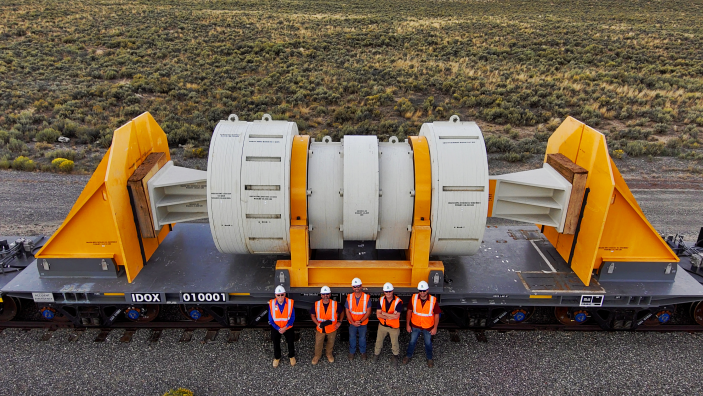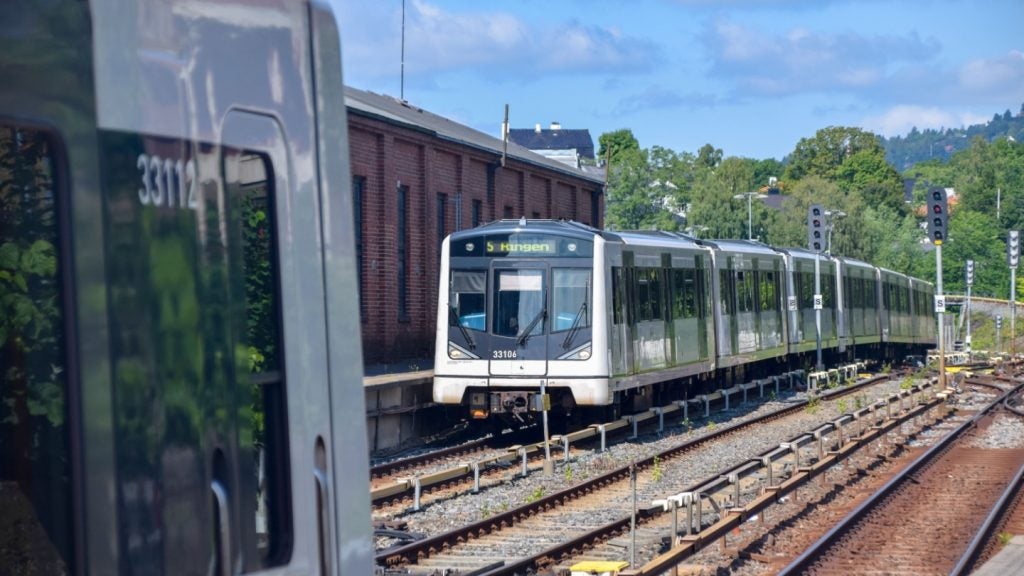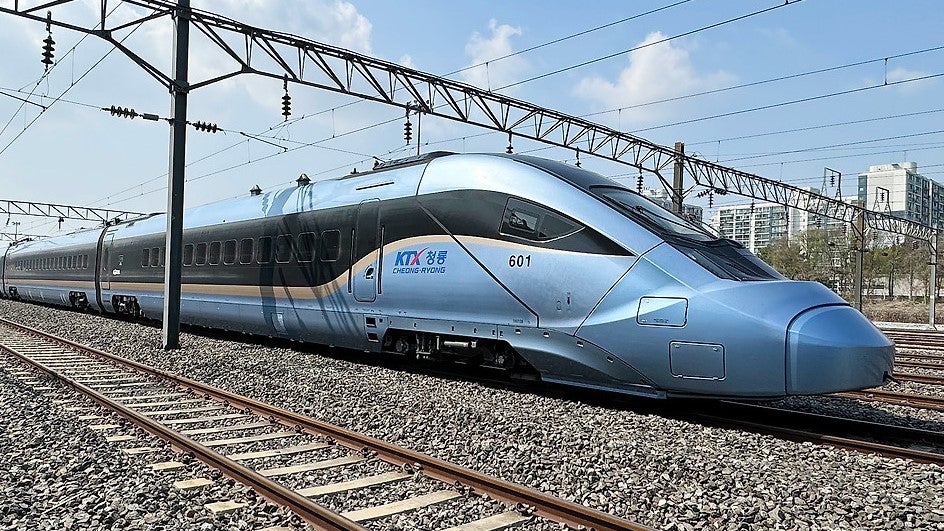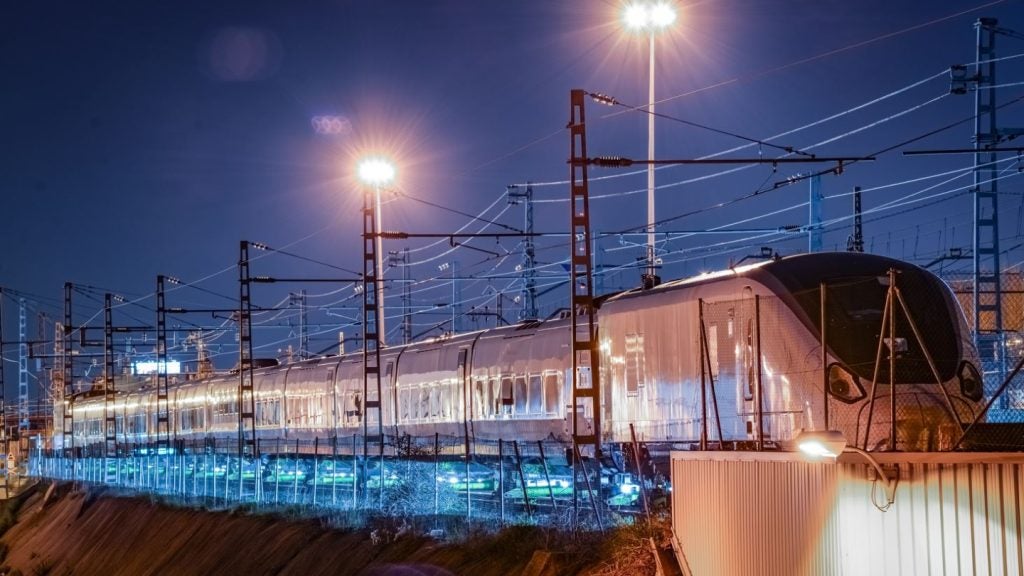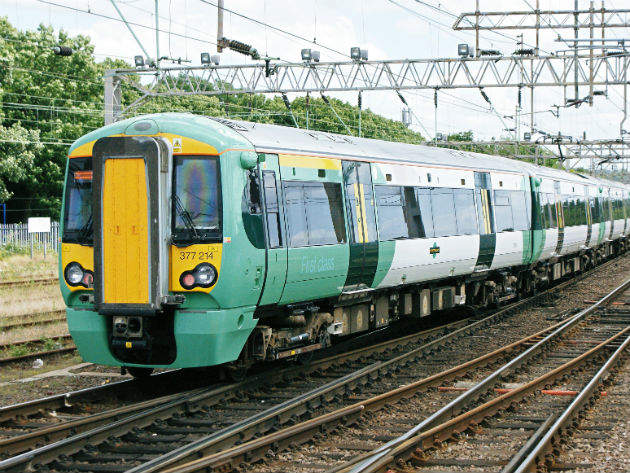
Southern rail” class=”fullwidth” src=”https://www.railway-technology.com/wp-content/uploads/image-digitalinsightresearch/Active/2016Q3/2.NRI/Railway/Features/lead.jpg” />
The strikes on the UK’s Southern rail service have made national headlines on an almost weekly basis. Trains cancelled, passengers left stranded; the network, in effect, grinding to a halt. At the time of writing, little has been resolved.
The nuts and bolts of the argument originate from plans by Govia Thameslink Railway (GTR) – owner of the Southern franchise – to increase the number of its services that use driver-only operation (DOO), whereby the train driver rather than the conductor opens and closes the doors and dispatches the train from a station. The roll-out of DOO on more routes started in earnest last October and finished in January this year. Over 75% of Southern services now operate this way, up from 40% before the programme began.
ASLEF, the drivers’ union, and the RMT union, mainly representing guards, joined forces to oppose the expansion of DOO last year, citing safety as one of their concerns, alongside what they view as a plan to gradually remove the need for a second person onboard.
This has been categorically denied by Southern, which insists that a second person will work on every train that previously had one, but as ’onboard supervisors’ rather than in a safety-critical role. The company also states that no-one has lost their job; they’re guaranteed for the length of the franchise, which runs out in 2021.
DOO: not a new invention
The dispute has often been played out in the media in a long cycle of ‘he said, she said’. However, DOO as a method of working is nothing new. In fact, since being introduced on the Bedford-St Pancras line in 1982, it has spread to approximately 30% of the UK mainline network, as well as London Underground.
How well do you really know your competitors?
Access the most comprehensive Company Profiles on the market, powered by GlobalData. Save hours of research. Gain competitive edge.

Thank you!
Your download email will arrive shortly
Not ready to buy yet? Download a free sample
We are confident about the unique quality of our Company Profiles. However, we want you to make the most beneficial decision for your business, so we offer a free sample that you can download by submitting the below form
By GlobalDataLooking further afield, Ireland, Germany, Denmark, Australia, New Zealand, the US and Canada are among the countries where such trains operate. Those in favour of DOO say it is an easier way of working with less disruption for passengers, mainly because trains can be cancelled if a guard or conductor is unavailable at short notice, whereas with DOO a train can depart without a second member of staff.
A spokesperson for the DfT said: “Moving to trains with doors operated by the driver is about improving service for passengers and investing in a better performing modern railway. We are investing billions of pounds in state-of-the-art trains and new stations, signalling and track infrastructure to deliver the safer, faster and more comfortable services that passengers have told us they want.”
Meanwhile, the Rail Delivery Group, which represents train operating companies, said in statement: “The strikes are not about safety, jobs or pay but about changes to provide a better service for customers.”
And, unsurprisingly, Southern says something very similar. The changes, explained a spokesperson, give passengers “better customer service and fewer delays and cancellations”.
Nevertheless, the RMT insists that the standard method of operating is with a guard, which is superior to DOO on safety grounds. In a dossier prepared last June, the union asked: “With the [DOO] model being nothing new it is right to ask the question why, if it is so safe, has it only been adopted by less than a third of the network? The answer is that it is unsafe, unpopular with the public and opposed by all of the rail unions.”
A spokesperson for ASLEF has claimed that Transport Secretary Chris Grayling, the DfT and GTR-Southern, “have all worked very hard to get where they felt they wanted to be”, adding that “they are attacking us because they see train drivers, and their trade union, as the enemy. And passengers as collateral damage”. This is an accusation that is steadfastly denied by the DfT and Grayling himself.
There did appear to be light at the end of the tunnel in February, though, when ASLEF leaders struck a deal with Southern. The union’s assistant general secretary Simon Weller said at the time: “We wanted a second, safety-critical person on trains and that is what we have got.” However, union members rejected the proposal and, at the time of writing, talks are ongoing, with more strikes a possibility.
So, is DOO safe?
The official verdict on DOO safety
The UK’s Rail Safety and Standards Board (RSSB) – established in 2003 after the Ladbroke Grove rail crash in 1999 which killed 31 people – and the independent regulator the Office of Rail and Road (ORR), has concluded that, yes, DOO is a safe method of working.
George Bearfield is the RSSB’s director of system safety. He believes that “some of the debate around the safety of DOO has really become confused and politicised”, which has not helped with “having a rational, objective view of risk, which is what the RSSB was set up to provide”.
The RSSB says it has undertaken research over the last 15 years on DOO on passenger trains, and is yet to find any increased risk when dispatching a train without a guard being present.
“Our conclusions from the latest analysis are that there is no discernible difference in the risk associated with driver-only dispatch vs driver and guard dispatch,” adds Bearfield. “There is no such thing as absolute safety, you cannot remove all risk. We take a rational, evidence-based view, to ensure progress in safety.”
Bearfield also adds that DOO has evolved over the years: “When it was introduced there was much more driver look-back, so the driver actually looking out of the window to look at the platform.” Now, he says, it is moving away from this, with a greater focus on in-cab technology and cameras.
In January, the ORR released the findings of its review into GTR-Southern’s DOO plans. Ian Prosser, HM Chief Inspector of Railways, said at the time the organisation was “satisfied that with suitable equipment, proper procedures and competent staff in place, it is a safe method of working”, although the ORR did make recommendations for improvements, one being that drivers’ CCTV image quality is “consistently high”.
Night and daytime testing was carried out to determine the effectiveness of lighting at stations, while ORR’s official report also says: “Test trains were used to establish that visibility of persons, including small children, is achieved within the train dispatch corridor along the whole length of the platform, as required by Railway Group Standards (RGS) guidance on engineering requirements for dispatch of trains from platforms.” The ORR has now been tasked with developing a national safety framework for DOO operation.
The case against DOO
Unions disagree with much of this analysis and have cast doubt on the independence of both the RSSB and ORR. A memo from October showing that GTR CEO Charles Horton was in fact a non-executive director at the RSSB caused considerable anger at the RMT; the union’s general secretary Mick Cash labelling it “a classic case of he who pays the piper calls the tune”.
Bearfield disputes this perception. “We are independent,” he insists. “Yes we have membership which crosses the whole industry, but it needs that to enable us to do our job. Constitutionally we are independent and that's been checked many times.
“I think casting doubt on our independence is kind of avoiding the conversation we want to have, which is around the nature and scale of risks, and how we apply and approve methods for what the best mitigation strategy is.”
As for the ORR, Cash added in January: “RMT has no confidence in ORR whatsoever and will continue the fight for safety on Southern and across our railways and genuine, independent scrutiny free from the stranglehold of central Government.”
The RMT’s dossier also lists what it describes as ten serious incidents since 2011 on the passenger / train interface (PTI) – the number one area of risk, it says – such as passengers falling between the train and the platform. Eight of these were on services using DOO. The role of the guard could not be more “safety-critical”, the dossier explains, adding that they are “the eyes-and-ears of the rail network”.
A summary of 18 PTI incidents, such as passengers getting hands trapped in doors, from the Rail Accident Investigation Branch (RAIB), ranging from 2010 to 2015, also shows some, but not all, occurring on DOO services. Even with a guard present, accidents do occur.
As Bearfield noted, it is impossible to eliminate all risk, no matter what method of operation is in play.
The row has been a true battle of wills. At the time of writing, staff on the Northern, Southern rail and Merseyrail franchises are planning a 24-hour strike on 13 March. Indeed, Merseyrail plans to introduce a fleet of 52 DOO trains from 2020 as part of a major overhaul of rolling stock. Passengers are crossing fingers and toes that somehow, someday, this seemingly never-ending dispute will come to a resolution that works for operators, unions and the public.



